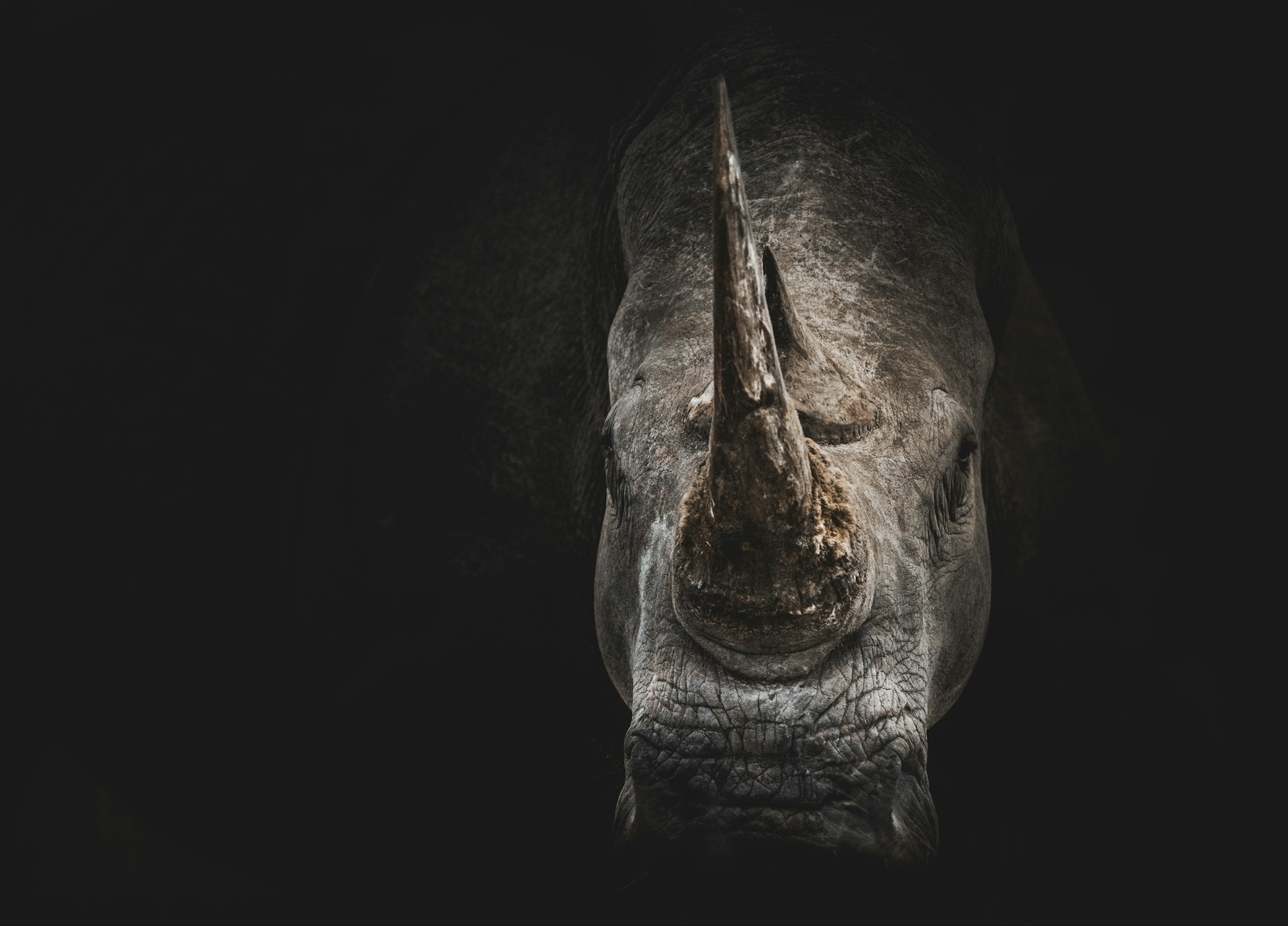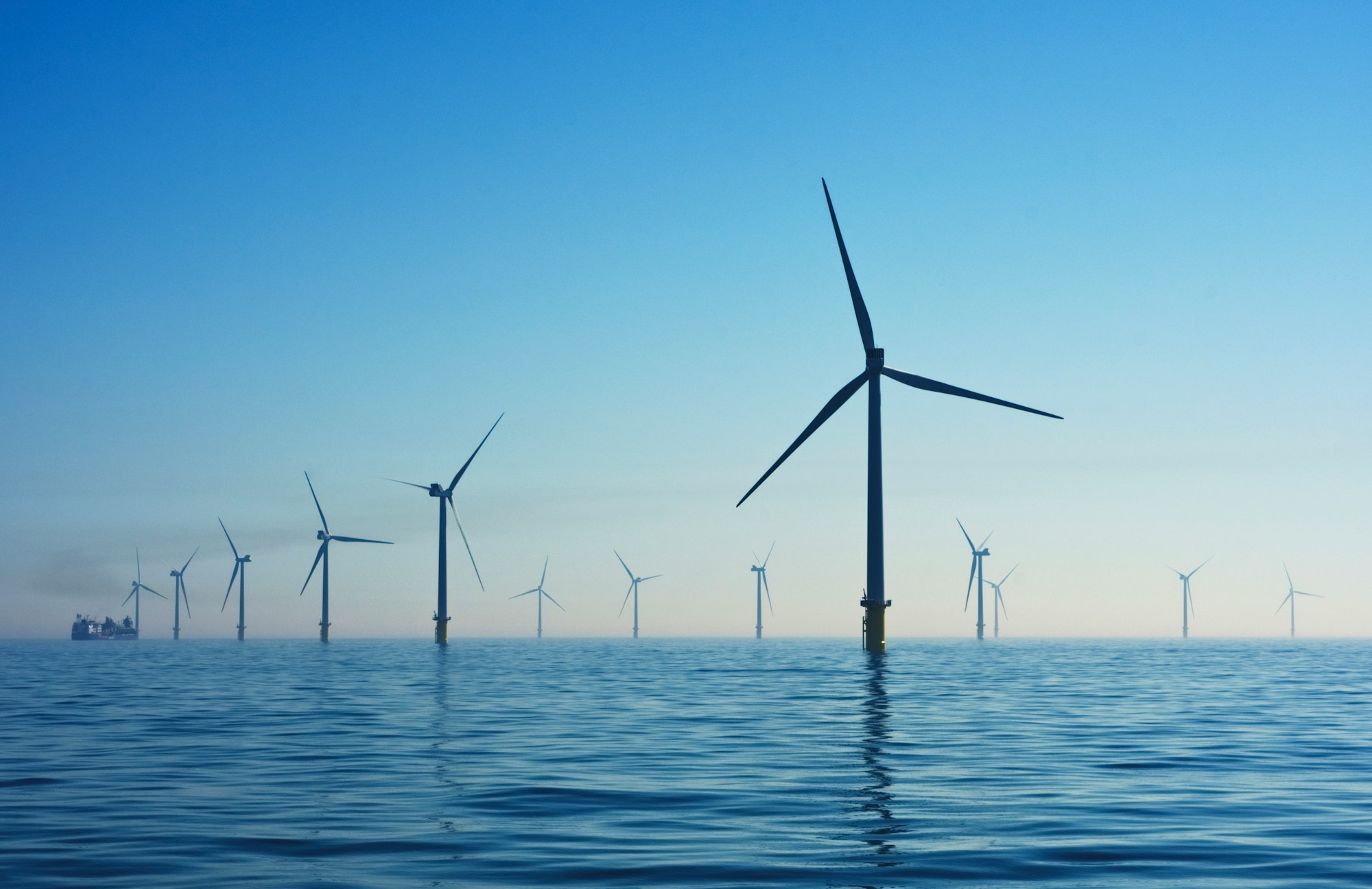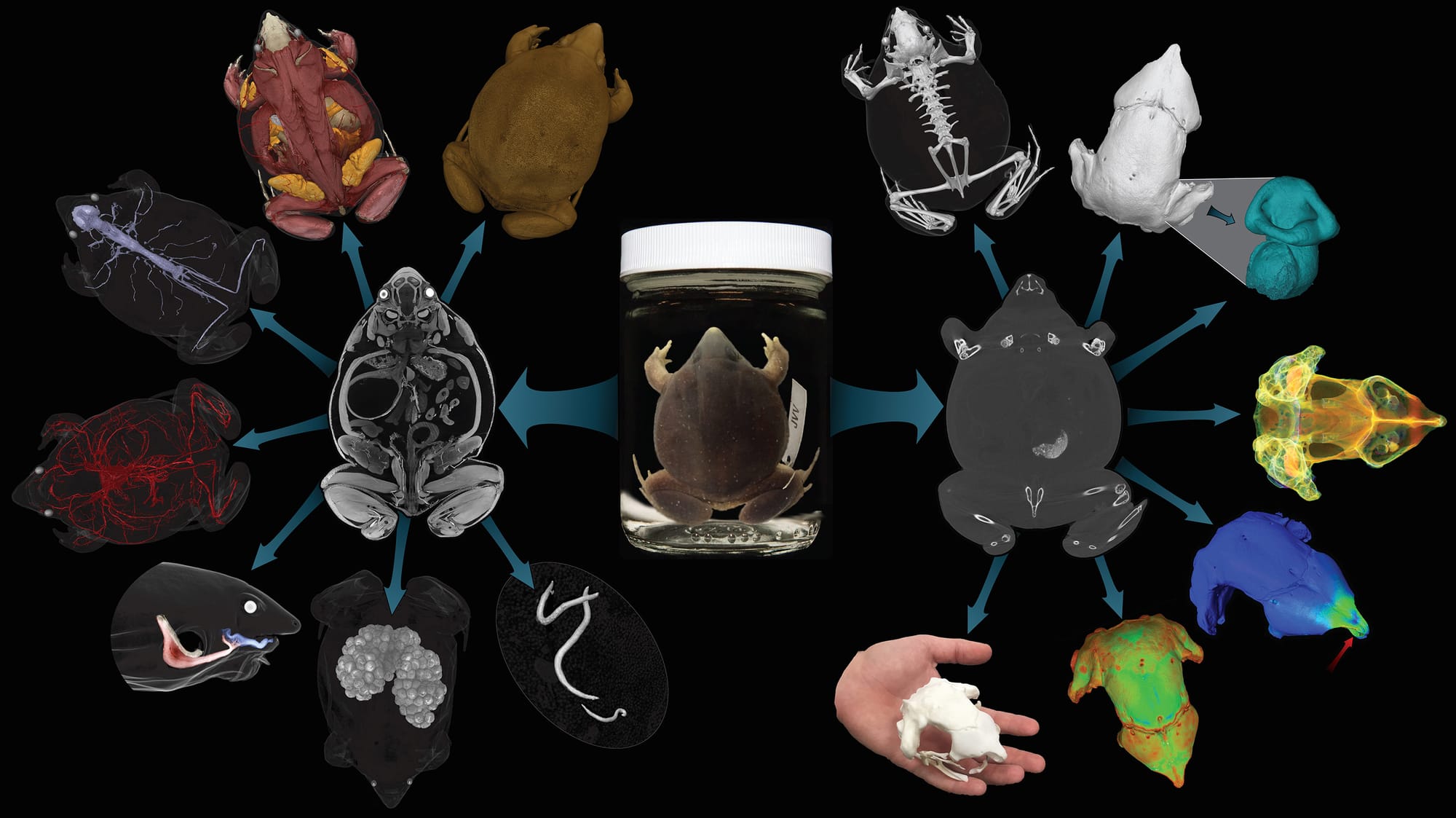no. 93: Spring has sprung

Hey friend,
Congratulations. It's Friday! And it's officially Spring.
This week I learned that frogs have lost and regained teeth at least 20 times throughout their evolutionary history (more on this below). Thought I should start the newsletter telling you, because that's the definition of a fun fact.
Before we dive into this week's good news, I have a quick question to ask you: would you be interested in a longer form show & podcast where I talk about these stories, and if yes, what would you like to see in it? Reply to this email and let me know!
And now, it's time to get hopeful...
The good from Monday, March 18

True paradise in the form of one of the largest protected wildlife reserves is coming to South Africa. The Loskop Dam will be a safer home to over 30 endangered species thanks to anti-poaching security measures and preserve over 50 cultural heritage sites. (Discover Wildlife)
A tiny forest of about 1,000 native plants and trees is coming to Roosevelt Island in Manhattan using methods by Japanese botanist Akira Miyawaki to increase carbon absorption, flood mitigation from tree roots, and wildlife habitat. (NYT)
The Trees for Future project is doing even more, having restored land seven times the entire size of Manhattan by working with farmers to replace monoculture crops with diverse forest gardens known as agroforestry. (The Guardian)
Asiatic Lions are no longer endangered after the IUCN downgraded them to vulnerable in the continent thanks in part to human-lion coexistence practices. (India Times)
The good from Tuesday, March 19

The first large offshore wind farm in the US is officially completed off the coast of New York with 12 turbines built in the ocean now generating clean power for 70,000 homes and businesses. (Bloomberg)
New analysis shows that last year, the UK’s emissions fell to the lowest level since 1879, largely from a decrease in local gas demand and unfortunately not better policy, but this means when green policies are finally implemented this will drop even further. (Carbon Brief)
A series of rewilding projects are taking place across Japan to restore nature and wildlife like the red-crowned crane and Japanese giant salamander by clearing monoculture forests to bring back the natural diversity required for a healthy ecosystem. (Inside Climate News)
New technology is being tested which can track the carbon emissions of electricity flowing into and out of batteries to verify the amount of clean renewable vs. dirtier grid power and provide much-needed accountability and transparency. (Canary Media)
The good from Wednesday, March 20

An AI robot named Theo is using computer vision to spot diseased tulips in The Netherlands, enabling farmers to quickly remove infected plants to slow the spread of disease and protect the farmer’s income and Dutch tulip economy. (AP)
New York City just bought 180 new electric school buses thanks to federal funding which are quieter, cleaner, and will improve children’s health, in a step toward the city's goal of electrifying all 5,000 school buses in its fleet by 2035. (Gothamist)
Yellowstone National Park just received an anonymous $40 million donation to improve and expand housing for park staff who take care of the stunning and iconic park and all the life within it. (Ecowatch)
A massive 105-meter tall wind turbine made of wood was just built in Sweden which is easier to transport and emits less carbon than traditional steel towers, and is now cleanly powering about 400 homes. (Positive.News)
A good story from Thursday, March 21

Scientists 3D scanned 13,000 animals and made the results available for free... and my mind is blown.
Typically museums have been gatekeepers of this kind of information made available only to scientists, usually in person, and only available by dissecting animals. But this new openVertabrate (oVert) system has finally made this accessible to anyone who’s interested.
They used CT scanners and high-energy X-rays that look through an organism’s exterior to view the bones, tissues, skin, muscles, and other organs, with the goal of uncovering more of the natural world, finding strange and unexpected things that would’ve been nearly impossible before.
Like the fact that frogs have lost and regained teeth at least 20 times throughout history.
Or that the Spinosaurus dinosaur, which was larger than the T-Rex and thought to be aquatic, would have actually been bad at swimming and stayed on land.
I’m no scientist, but educators are using this system to better visualize evolution and science, and artists have been creating beautiful replicas. This many 3D natural history specimens being made instantly and publicly available has truly never been done before, and is just the start of a long list of exploration, discoveries, and uses.
And I believe the more connected we are to the stunning diversity of life on Earth, the more motivated we’ll be to protect it.
Watch the video overview, and let us know your take in a comment below!
Bonus stories
Share your favorite story from this week in a comment! And enjoy a few extra stories (that are just as good as the rest, but I wasn't able to fit into my roundups).




Spread this breath of fresh air🪴
By supporting Climativity, you're helping these good stories reach more people around the world.
Support good news & independent publishingSee you again soon,
Jacob
P.S. some important info:
- *: I get a commission from these links at no additional expense to you (usually, you'll get a discount!).
- I write and publish this newsletter using Ghost, and I truly love the platform. If you want to start your own newsletter, consider Ghost* (and let me know – I'll be your first subscriber!)
- This is an independent publication that relies on reader feedback to continuously improve. Never hesitate to reach out with comments or questions.









Member discussion